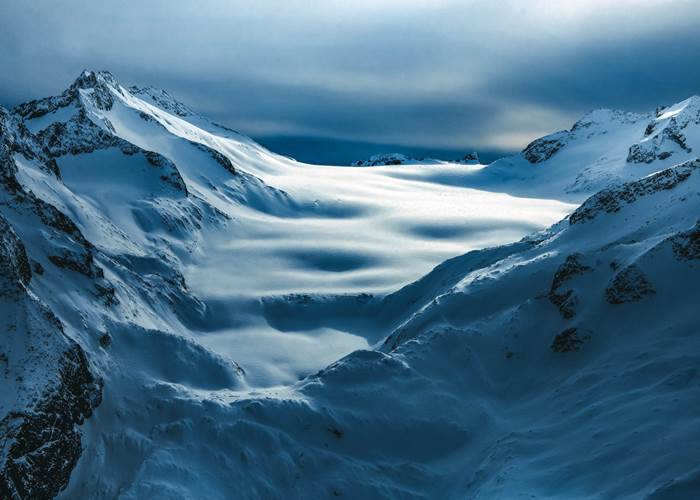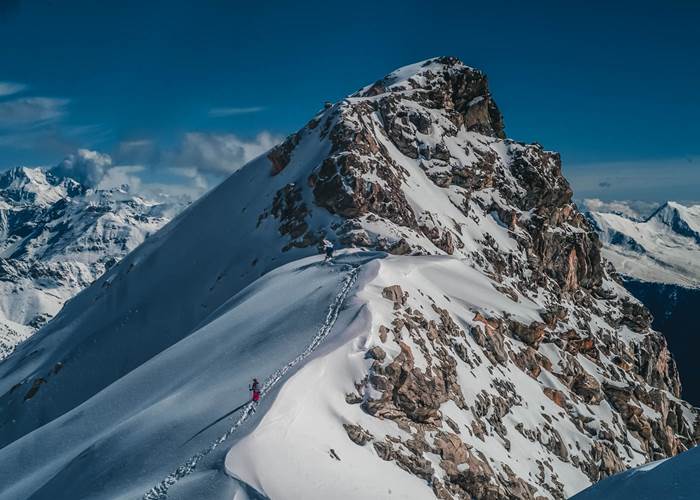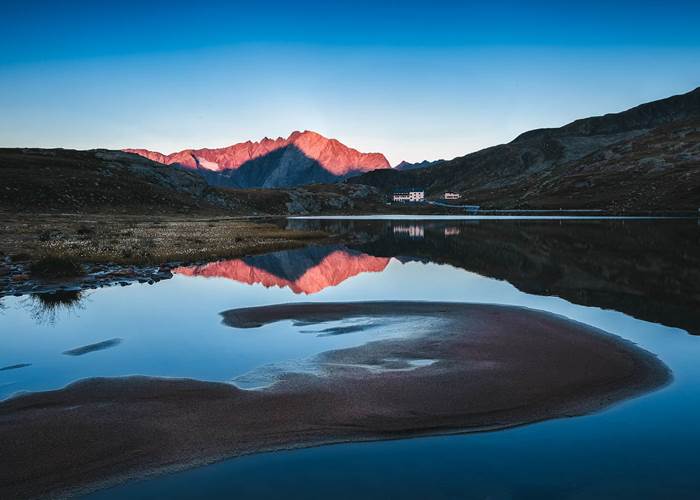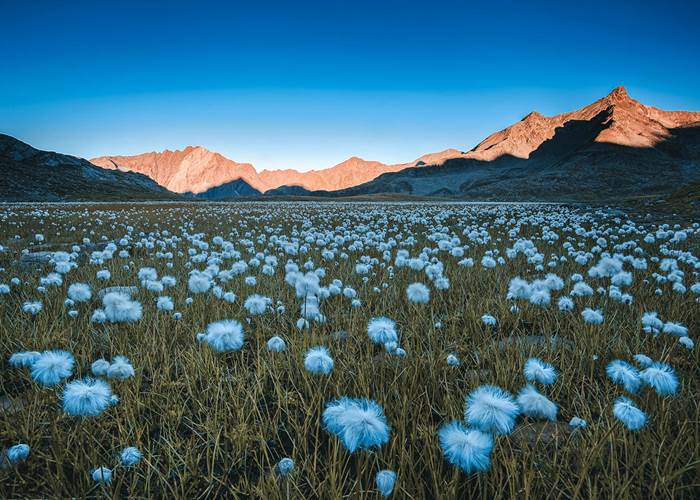Adamello Park
The Adamello Park covers an area of around 51,000 hectares of mountainous territory in the North-East of the Province of Brescia; the protected area includes the Lombardy side of the Adamello Alps right down to the banks of the River Oglio in Valle Camonica.
The Park takes its name from Adamello, the largest glacier in Italy, whose snowy homonymous peak looms at an altitude of 3,539 metres above sea level.
More than 1,000 km of trails allow mountain lovers to explore every aspect of the Park. Trails for hikers and easy walks cross a multitude of natural environments and breath-taking views: woods and peat bogs, high altitude lakes and impervious rocky ridges.
During all excursions it is possible to see lots of different species of flowers and plants. In this area the unspoilt nature of the Rhaetian Alps is intertwined with ancient mountain rural culture and the remnants left behind by the White War: trenches and bivouacs are still visible while trekking at a high altitude.
Bivouacs and mountain huts allow more expert hikers to undertake excursions of more than one day; one of which is the famous Alta Via dell’Adamello, a 50 km hike among the high altitude wild environments.
- 51,000 hectares of protected area
- Home to the largest glacier in Italy
- 1000 Km of paths
- 25 mountain huts and 8 bivouacs
Discover the Adamello Park with its paths
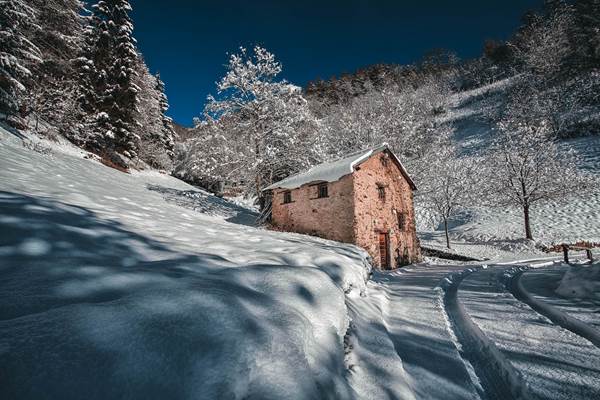
In the Adamello Park almost 1000 km of paths allow hikers to enjoy the authentic nature of the Rhaetian Alps and to reach all 25 mountain huts in the area.
The most complete and fascinating route is the Alta Via dell’Adamello, a spectacular 50 Km hike that crosses through the entire park from South to North; given its length this route is only recommended to more expert and fit hikers. The Sentiero dei Fiori on the other hand is a panoramic path that retraces the battle positions of the White War.
Inside the protected area there are also easy paths that are ideal for families and quiet walks such as the old road that connects Passo Tonale and Ponte di Legno or the path from Edolo which reaches the woods in Mu passing by typical rural buildings.
Another way to get to know the Adamello Park is on two wheels: bike trails surrounded by nature and the River Oglio Cycle Path are ideal to discover the area from a different point of view.
Learn more about Adamello Park!
Explore the map of the Park and learn more about all the possibilities to discover this splendid unspoilt area in the heart of the Rhaetian Alps. Find mountain huts, itineraries, malghas and agritoursisms where you can sample mountain products.
Adamello Park, flora and fauna synonymous with rich biodiversity
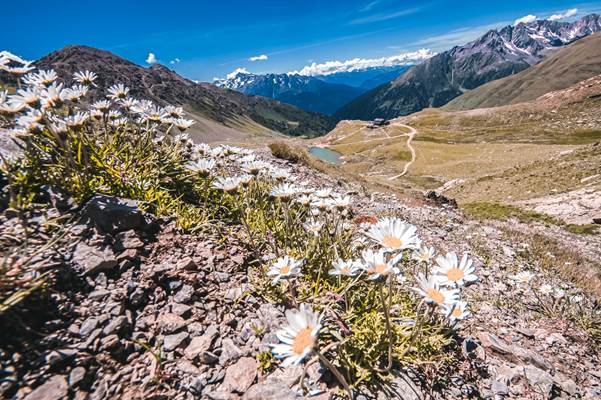
In the Adamello Park there’s lots of flora and fauna to discover. There are chestnut, hornbeam and oak trees and spruce woods while larch trees, juniper and mountain pines dominate the landscape higher up; among the many flowers there are rhododendrons, Alpine chrysanthemums, primroses, bluebells, saxifrages and beautiful glacier buttercups.
The herbs in the high-mountain pastures give a particular flavour to the typical cheeses in the area like the Fatulì goat’s cheese, Silter cheese and honey.
In the woods and along the paths in the Park it is not uncommon to meet deer, whose bellowing provides an interesting spectacle in the autumn months . High up in the mountains there are also ibex, hares, marmots, rare stoats and snow moles. The waterways are also home to common trout, char and bullheads as well as tritons and salamanders.
Birdwatching enthusiasts can also spot the black grouse, partridges and golden eagles.
Some useful information…
The Adamello extends along the slopes of the Lombardy side of the Adamello Alps in the Province of Brescia.
The Adamello Park can be reached by going up Valle Camonica; from Trentino follow directions for Passo Tonale – Ponte di Legno.
The Adamello Park awards the “Ecoregole” logo to hotels, agritourisms, camp sites and all other accommodation facilities that work by following the principles of sustainable tourism and to protect natural resources.
